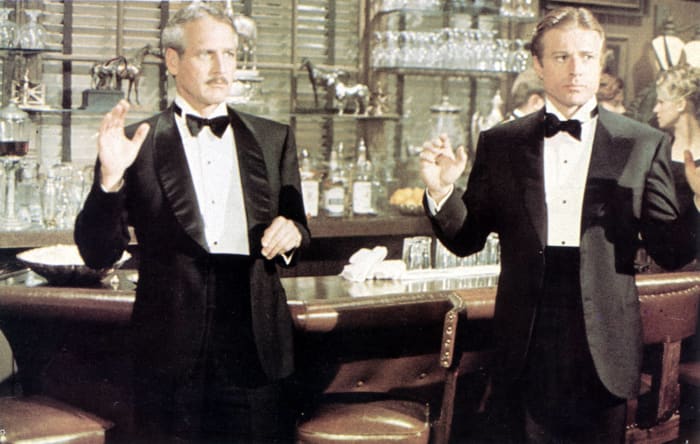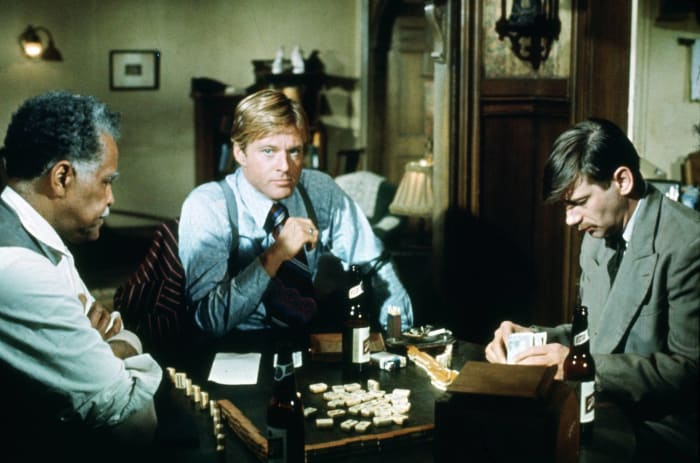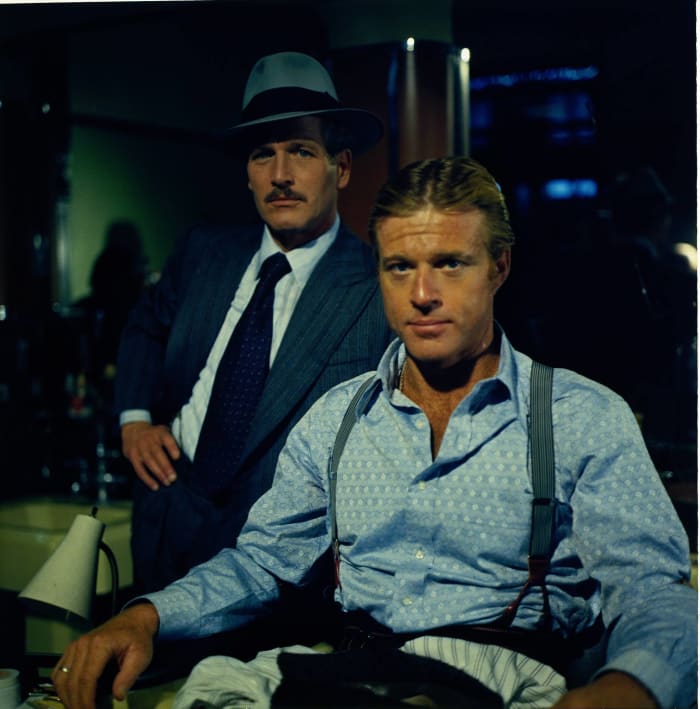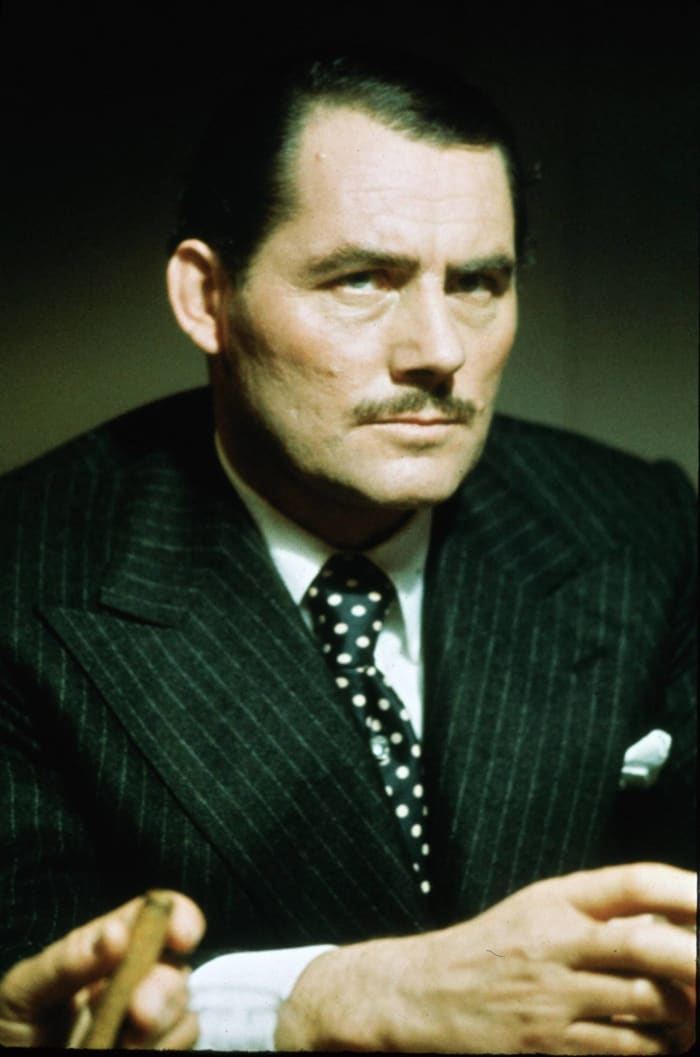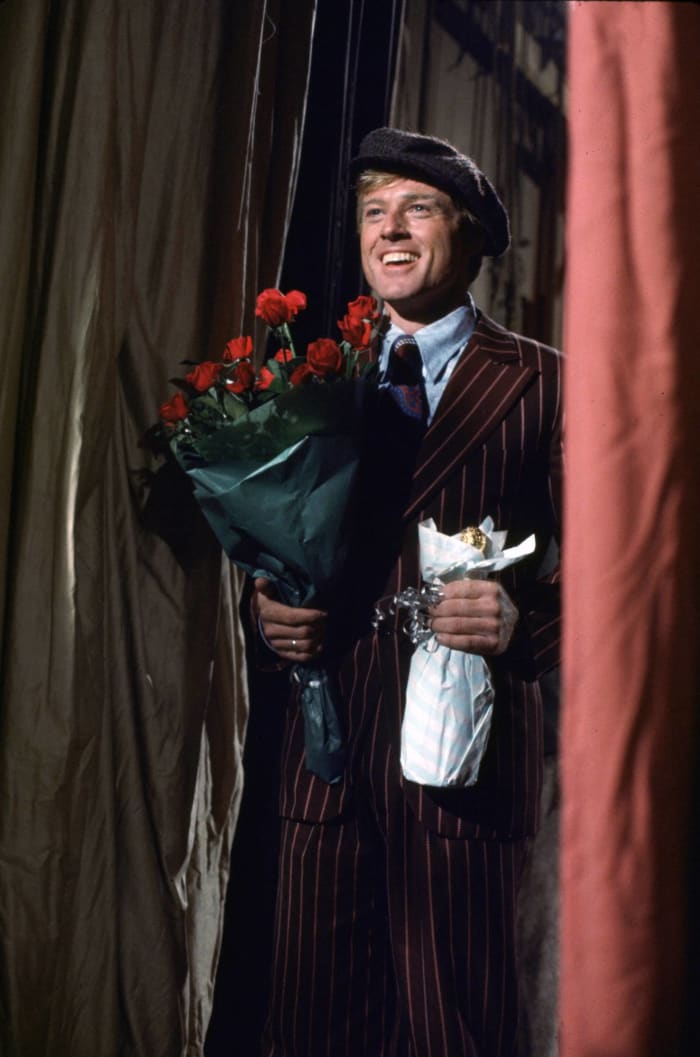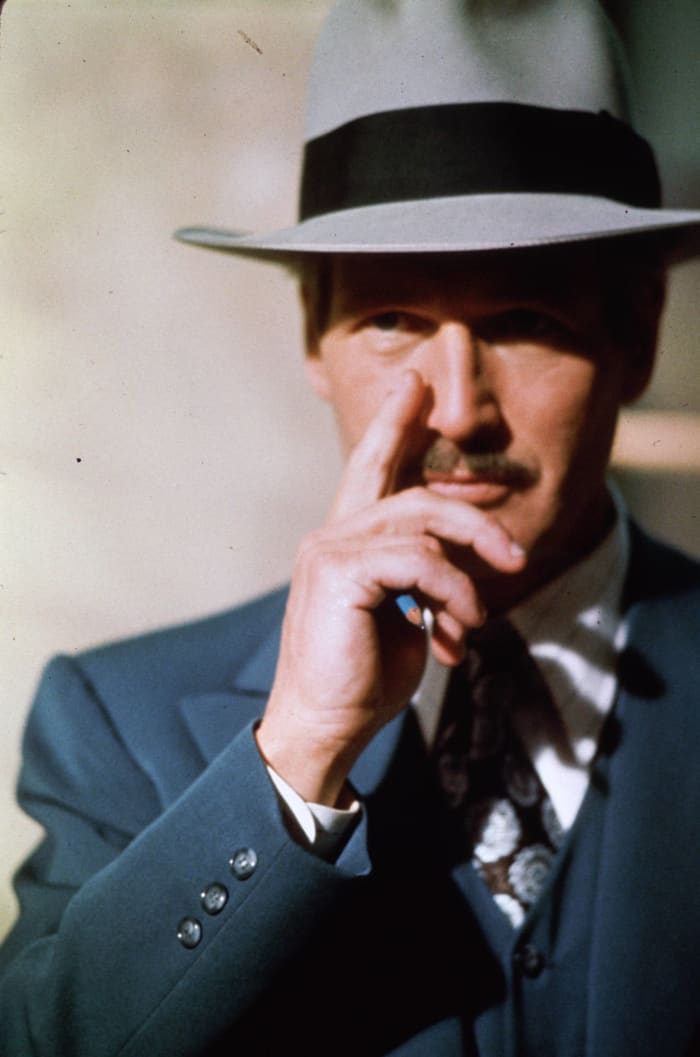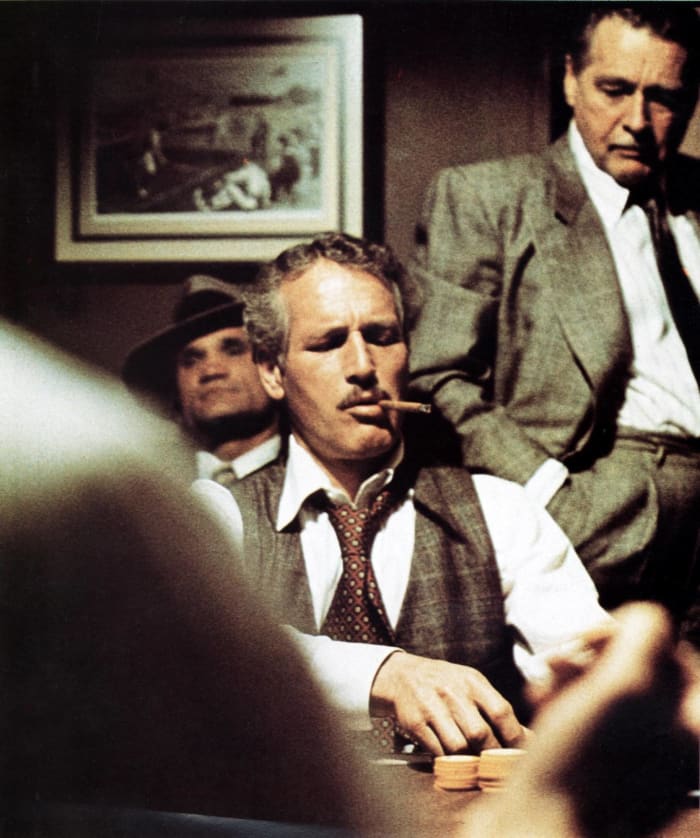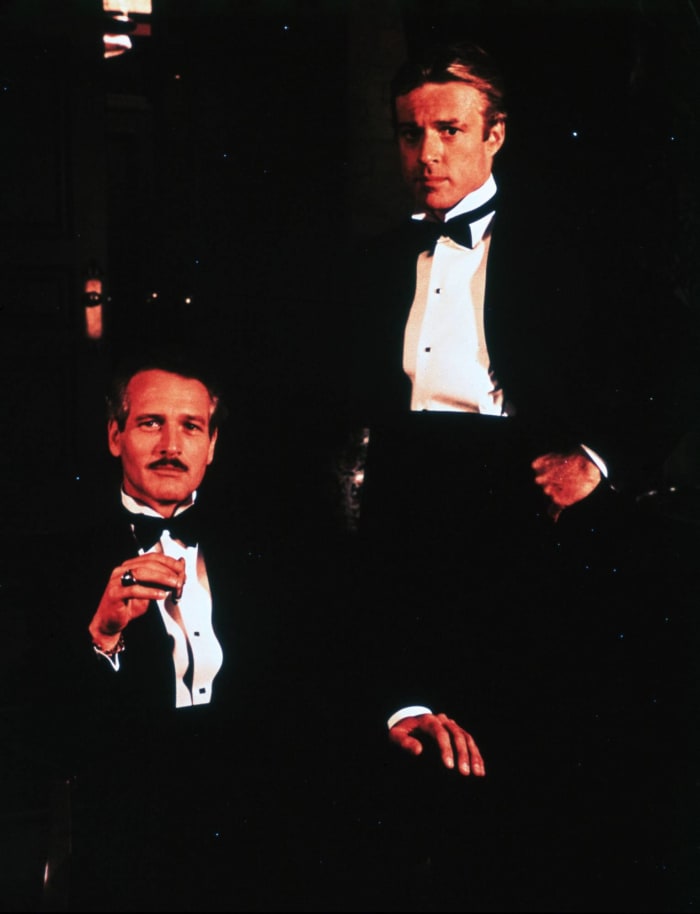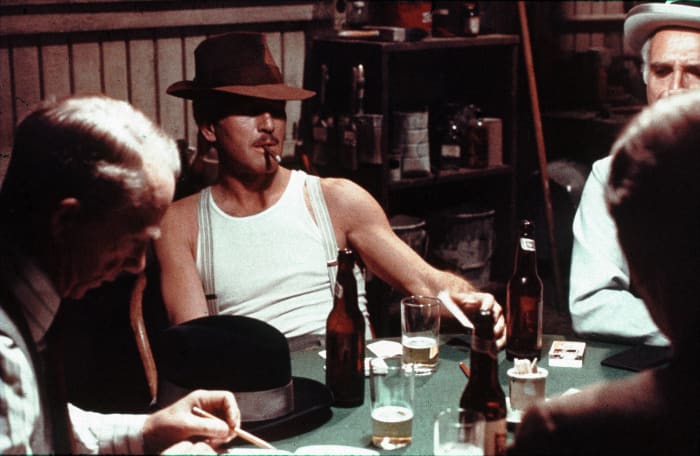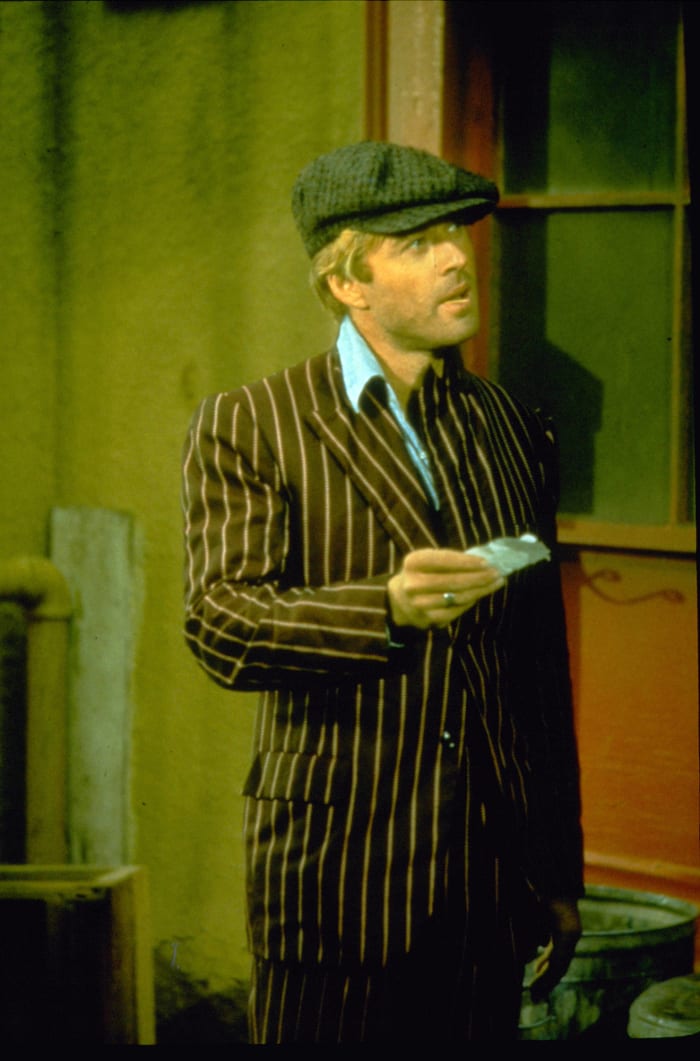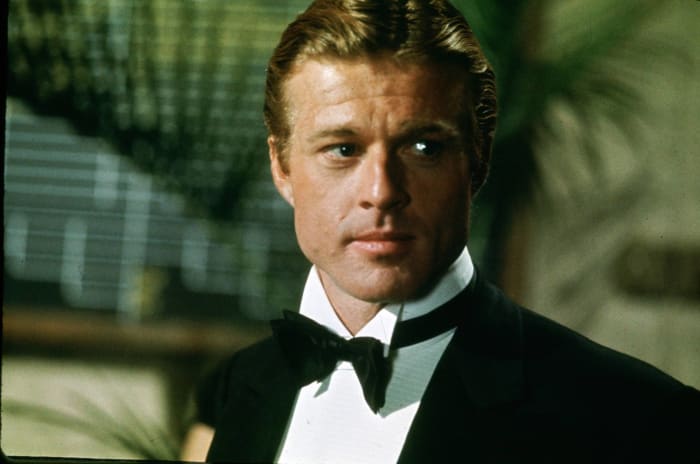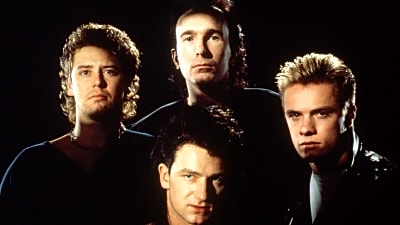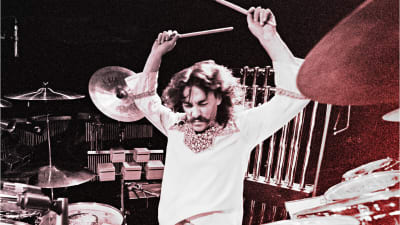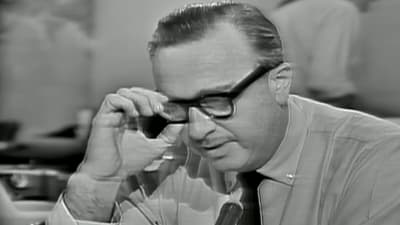x
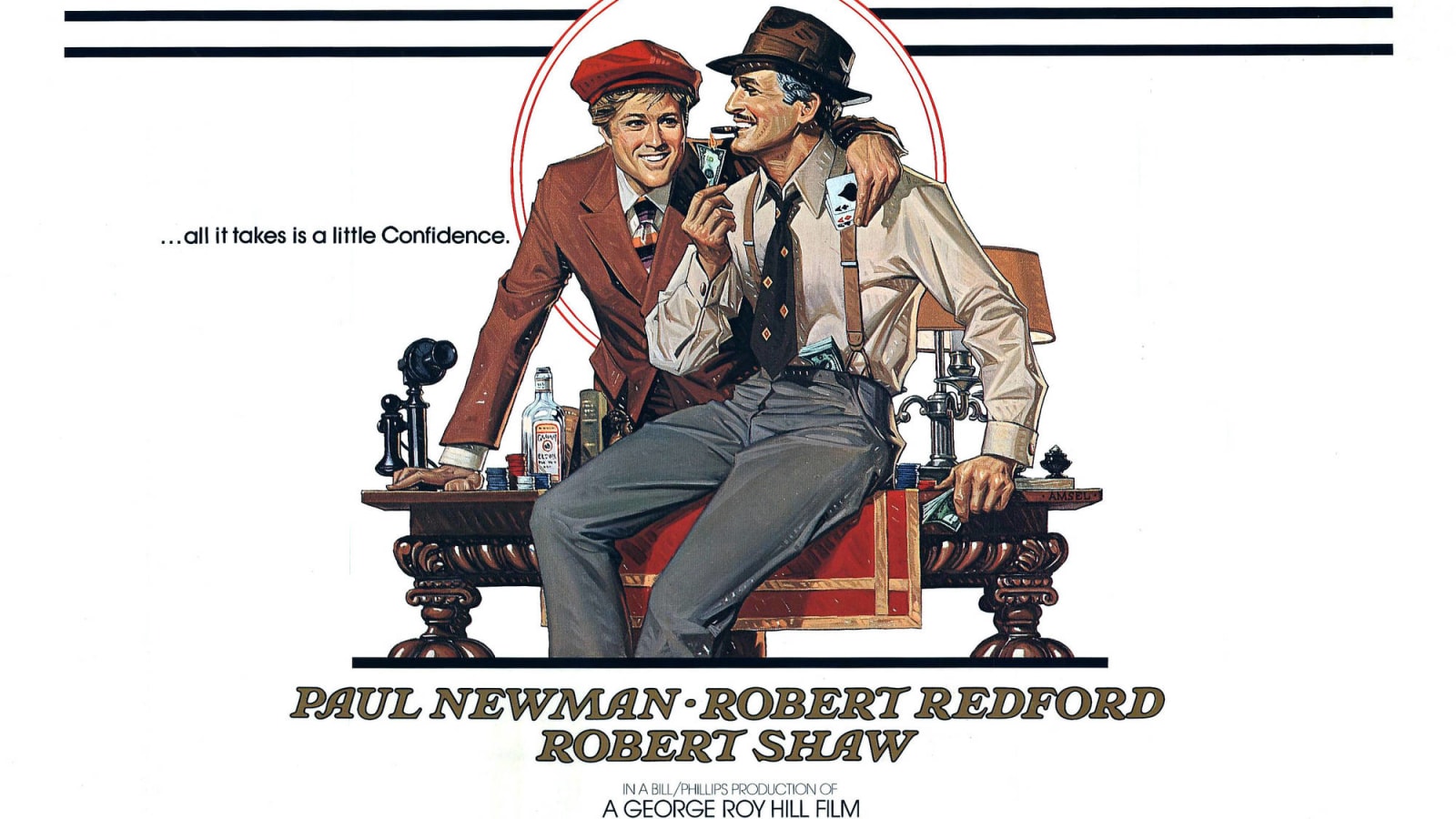
Universal Studios
20 facts you might not know about 'The Sting'
People love a good con film or heist movie or caper flick. They also love Robert Redford and Paul Newman. What happens when you put that all together? You get 1973’s “The Sting.” While the movie is a throwback in many ways, it was still a big success at the time and has continued to have a fine reputation. Here are 20 facts about “The Sting,” though they might not help unravel the plot.
More must-reads:
- The 20 most controversial movie characters of all time
- 20 A-list actors who passed on iconic roles
- 23 famous actors who struggled with stardom after making it big
- 25 Hollywood A-list stars who made improbable comebacks
- 25 iconic TV shows that were made into awful movies
Breaking News
Trending in Entertainment
Customize Your Newsletter
 +
+
Get the latest news and rumors, customized to your favorite sports and teams. Emailed daily. Always free!
